

Featured Article of the Month
Post-Trip Report JENESYS 2017
By Ms Chan Yi En, Claire
| In December 2017, I was given the opportunity to engage in the Japan-East Asia Network of Exchange for Students and Youths (JENESYS) programme. I am honoured to be part of the third batch of Singaporeans to participate in this programme, and have learnt much about Japan and its culture through the course of one week. I will categorise my learnings into three parts -- the beauty, innovation and the history of Japan. | 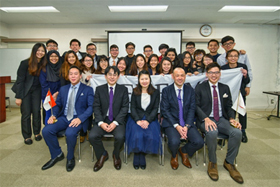 |
| Firstly, Japan’s beauty can be exemplified in its attention to detail and aesthetic quality of their products and living environment. In my visit to the Tokugawa-en garden, I was able to appreciate the meticulously curated daimyo garden of the Edo period. Tokugawa-en featured rock structures, waterfalls and ponds alongside a colourful range of trees and flowers. It was absolutely stunning to witness the interplay of colours and how each natural feature was put together to achieve a complementary effect. It truly reflected the Japanese ideal of aesthetic beauty, and it was a humbling experience to be able to visit a majestic garden like Tokugawa-en. | 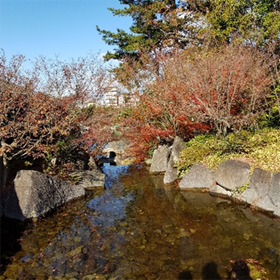 |
| Next, I had the opportunity to visit the National Museum of Emerging Science and Innovation in Tokyo, simply known as Miraikan. Miraikan featured exhibitions focusing on the broad perspectives of human beings, space, innovation, and information society. I spent an afternoon there exploring the various interactive exhibits, and was able to gain new insights about previously unexplored disciplines and expand my knowledge about topics I had only a vague understanding of. I felt that it was not only the idea presented that was innovative, but also the method through which these new ideas were presented -- they were made easily understandable for the interested layman, yet the complexities of the ideas were not compromised. Specifically, exhibitions about solar explorations and how data systems work intrigued me as these were fields I had little understanding of. | 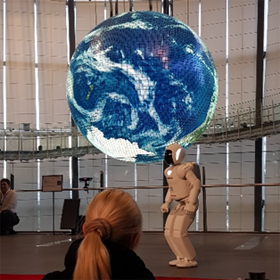 |
| I also visited TTI in Nagoya, where they presented their new research products, which include a recuperative device and a driverless car. I was impressed by the way the student researchers were able to pick up what is lacking currently to develop products relevant and beneficial to the human population at large. I believe the ability to recognise problems is the prerequisite to being innovative, and through the visit to Miraikan and TTI I was exposed to pertinent solutions for many world needs. | 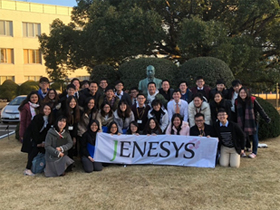 |
|
Lastly, I was able to learn about the history and culture of Japan. I learnt a lot from the keynote lecture presented by Mr Kimura Hideo. What left an impression on me was the practice of Exchange of Yells, which is observed after the end of a competition. Both winning and losing sides will show respect to each other, which sheds light on the Japanese value of harmony. The emphasis on non-confrontation is also seen in its martial arts such as Judo and Aikido, where they focus more on harmony than on competition.
I also visited the Nagoya-jyo castle, and had the opportunity to experience a traditional tea ceremony. Through these, I was able to appreciate the amount of detail and meaning that the Japanese place on each action, such as turning to the front of the cup as a form of respect when drinking tea, and making a slurping sound at your last sip to show that you have enjoyed the tea. |
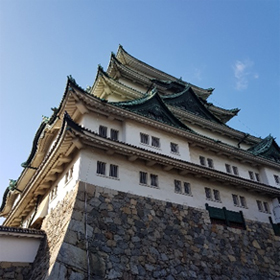 |
| I am grateful to have been given the opportunity to participate in JENESYS 2017. Apart from what I learnt about Japan from the trip, I also learnt a lot from my peers. We shared the knowledge we learnt from our various disciplines and bounced ideas off each other which created meaningful interactions. All in all, I have benefited greatly from the programme. |
About the Author
|
Ms Chan Yi En, Claire is a student of Nanyang Technological University (Singapore) who participated in the JENESYS 2017 programme. After returning from the programme, she continued pursuing her studies in the university. * All photos used in this article are provided by the author / © Ms Chan Yi En, Claire |
|
Japan Creative Centre 4 Nassim Road, Singapore 258372 +65 6737 0434 / jcc@sn.mofa.go.jp http://www.sg.emb-japan.go.jp/JCC Nearest parking at Orchard Hotel & Delphi Orchard |
 |